How do we help novice learners become more expert? Peter Skillen uses collaborative journal writing environments to move kids beyond social talk into deeper thinking.
Skillen begins this post by comparing novice learners and expert learners. He states (all quoted below):
* Novices typically don't plan, monitor, and reflect on their learning.
* Expert learners use 'multiple representations."
* Novices typically don't generate a number of potential solution strategies.
* Novices engage in 'knowledge telling' rather than 'knowledge transformation.'
* Expert learners make multiple passes at knowledge.
* Experts view 'mistakes' as opportunities.
There are two additional statements and each includes additonal information.
He then looks at scaffolded journal writing and provides a variety of sentence starters to help students move "along the continuum from novice to expert." You will find Planning Starters, Reflection Starters, Comment or Discussion Starters, and Elaboration Triggers.
The final portion of this post discusses challenges, and the need "to engage your students in developing their own sentence starters."



 Your new post is loading...
Your new post is loading...
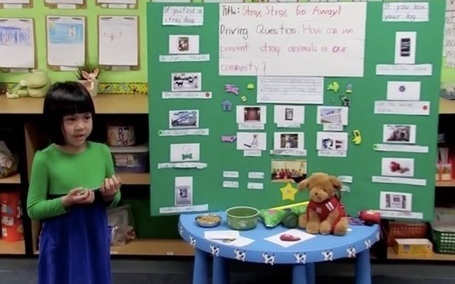



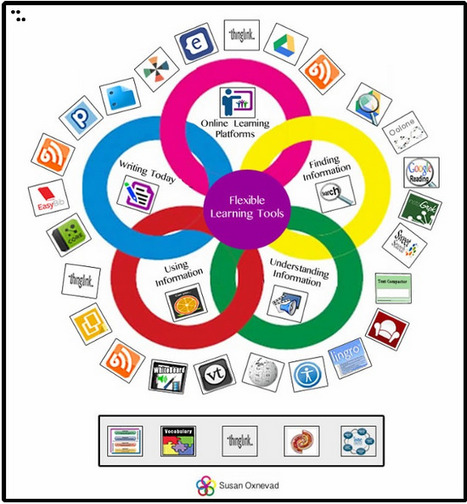

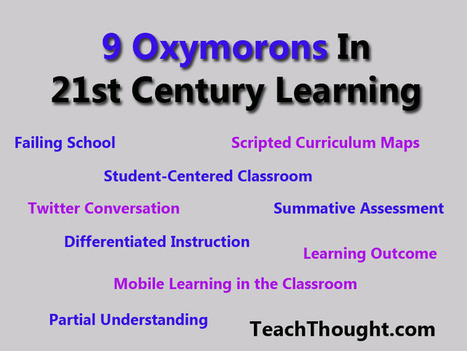






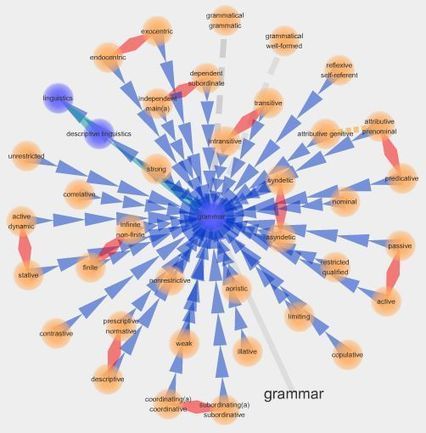



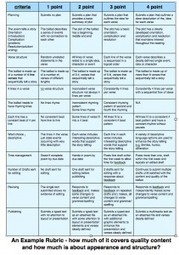
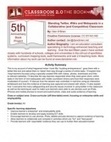
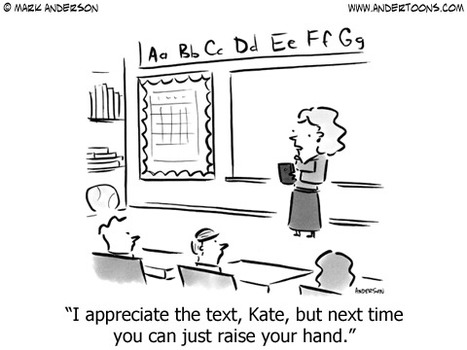
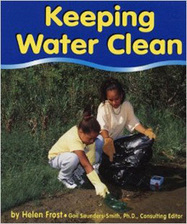
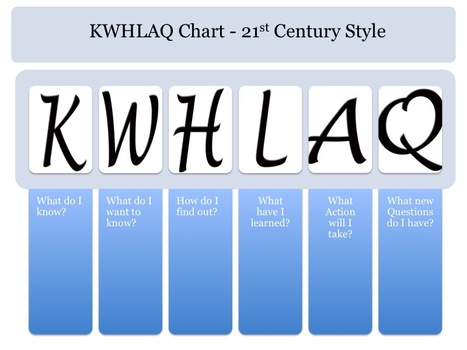


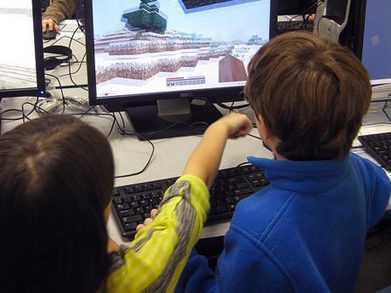

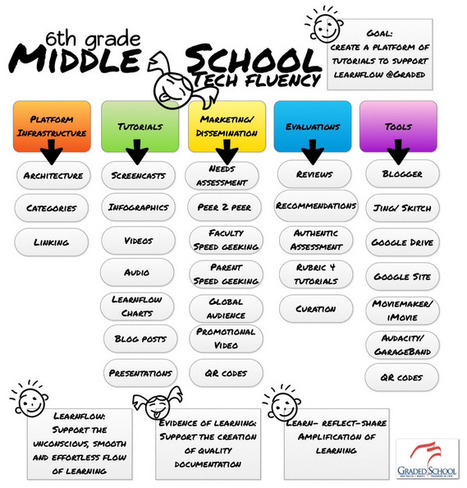

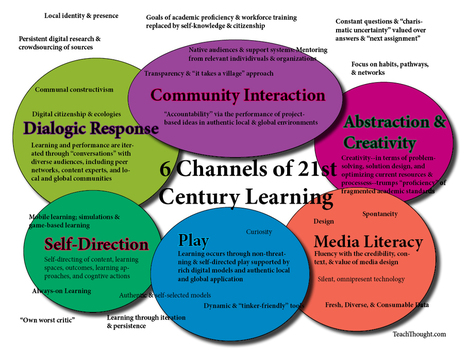




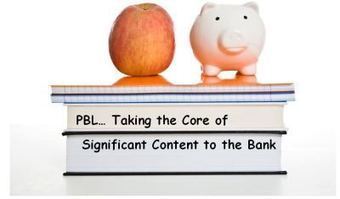


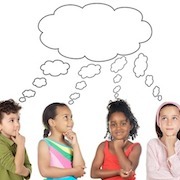
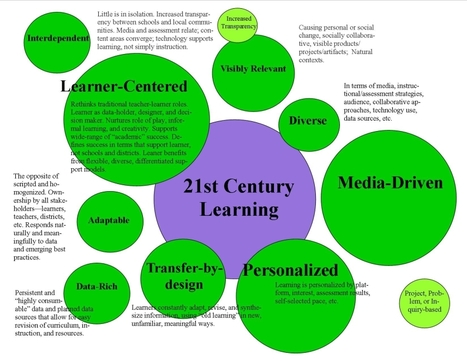






What happens when you take a kindergarten class and create a project-based learning opportunity on a local issue? In this case amazing success.
What is critical is to provide appropriate scaffolding so that all students (included English Language Learners) are comfortable and able to help with the presentation.
If you have concerns about implementing PBL in your classroom this article may help you realize that it can be done, even in kindergarten. Click through to the post to read this uplifting article.